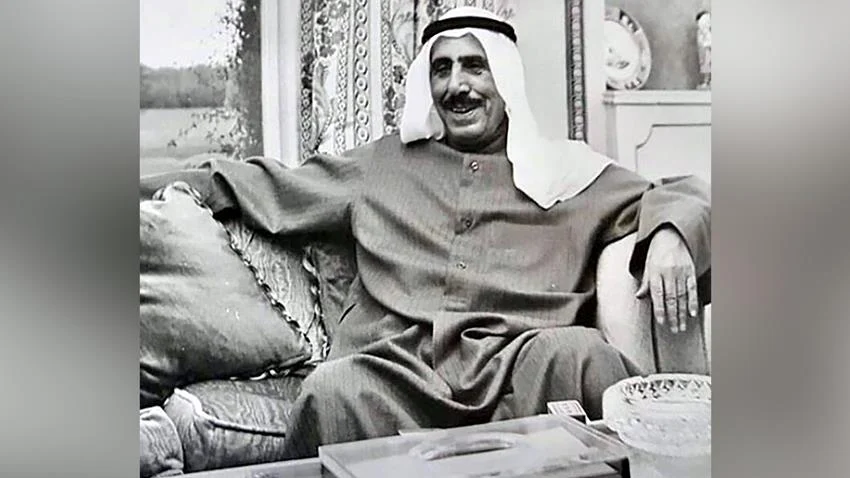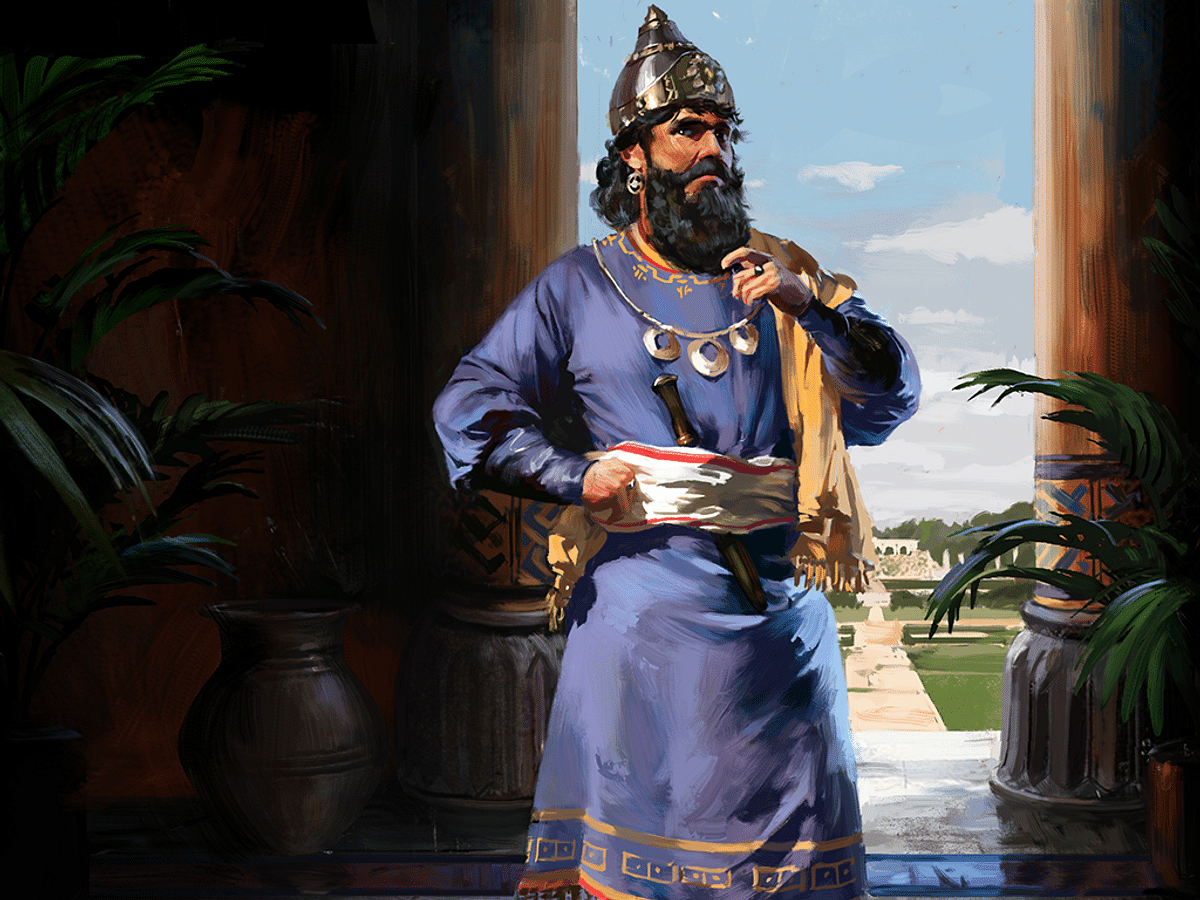ppr-revolution.com – Emir Sabah Al-Salim Al-Sabah ruled Kuwait from 1965 to 1977, following the death of his half-brother, Emir Abdullah Al-Salim Al-Sabah. His reign marked a period of consolidation and continued modernization as Kuwait solidified its status as a prosperous, oil-rich state. Emir Sabah played a key role in maintaining stability during a time of rapid development and regional tensions, and his leadership saw the expansion of Kuwait’s infrastructure, social services, and diplomatic influence. Despite facing internal and external challenges, Emir Sabah’s reign contributed to Kuwait’s emergence as a respected player in the Arab world and on the global stage.
Early Life and Political Career
Sabah Al-Salim Al-Sabah was born in 1913, and like many members of the Al-Sabah ruling family, he received both a traditional and modern education. Prior to becoming emir, Sabah held several important governmental positions that prepared him for leadership. He served as Minister of Foreign Affairs and Minister of Defense, giving him firsthand experience in Kuwait’s diplomatic relations and security matters.
In 1962, following Kuwait’s independence, Sabah was appointed as Crown Prince and Deputy Prime Minister under his half-brother, Emir Abdullah Al-Salim. When Abdullah Al-Salim passed away in 1965, Sabah ascended to the throne, becoming the 12th ruler of Kuwait.
Political Stability and Constitutional Governance
Emir Sabah’s reign was characterized by a commitment to maintaining the political stability that his predecessor had established. Following the adoption of Kuwait’s constitution in 1962, Sabah sought to preserve the parliamentary system and ensure the smooth functioning of the National Assembly, Kuwait’s legislative body. While his reign faced occasional political tensions, Emir Sabah worked to strengthen the relationship between the executive and legislative branches, ensuring that Kuwait remained a constitutional monarchy with a balance of power.
One of the major political challenges during his reign came in 1976 when increasing tensions between the government and the opposition led Emir Sabah to dissolve the National Assembly. He cited the need for national unity and security as Kuwait faced regional instability, particularly in light of the Lebanese Civil War and the broader challenges facing the Arab world at the time. While this move was controversial, it reflected Emir Sabah’s desire to protect Kuwait’s stability during a turbulent period.
Economic Growth and Development
Under Emir Sabah’s leadership, Kuwait continued to experience significant economic growth, fueled by its vast oil reserves. Oil production and revenues reached new heights during his reign, allowing the government to invest in large-scale infrastructure projects that transformed Kuwait’s urban landscape.
Emir Sabah prioritized the development of education, healthcare, and social services, ensuring that Kuwaitis benefited directly from the country’s oil wealth. Public housing projects were expanded, new hospitals were built, and educational institutions flourished. This period saw the rise of Kuwait as a welfare state, with a comprehensive system that provided free education, healthcare, and various social services to citizens.
The economic prosperity during Emir Sabah’s reign also allowed Kuwait to play a larger role on the international stage. The government invested in foreign development projects, continued its support for pan-Arab causes, and contributed to global humanitarian efforts.
Foreign Policy and Regional Relations
As Minister of Foreign Affairs before becoming emir, Sabah Al-Salim had already gained considerable experience in diplomacy. As ruler, he continued to pursue a foreign policy that balanced Kuwait’s interests with those of the wider Arab and international communities.
Emir Sabah sought to maintain strong relations with Kuwait’s Gulf neighbors and played an active role in the Arab League. He supported efforts for Arab unity and was a proponent of peaceful resolutions to regional conflicts. Kuwait’s diplomacy during his reign was guided by pragmatism, particularly given the country’s strategic position and its reliance on oil exports.
During the 1970s, Kuwait had to navigate several regional challenges, including the Arab-Israeli conflict, the Lebanese Civil War, and rising tensions within the Gulf. Despite these challenges, Emir Sabah’s leadership ensured that Kuwait remained a neutral and stable force in the region. Kuwait continued to support the Palestinian cause, provided financial aid to Arab countries in need, and maintained strong ties with the West, particularly the United States and the United Kingdom.
Health and Later Years
Toward the latter part of his reign, Emir Sabah faced health challenges, which led him to delegate many of his responsibilities to Crown Prince Jaber Al-Ahmad Al-Sabah. In 1977, due to his declining health, Emir Sabah stepped down from active rule, passing away later that year on December 31.
His passing marked the end of an era of consolidation and progress in Kuwait’s post-independence history. Emir Sabah’s reign is remembered for maintaining the political stability and economic prosperity established during Kuwait’s early years of independence and for furthering Kuwait’s role as a respected state in the Arab world.
Legacy
Emir Sabah Al-Salim Al-Sabah left a lasting legacy in Kuwait. His efforts to balance tradition with modernity, maintain political stability, and improve the welfare of his people solidified Kuwait’s reputation as a progressive and prosperous state in the Gulf region. While he faced challenges, particularly in the political arena, his reign set the stage for continued growth and development in the years to come. Today, Emir Sabah is remembered as a stabilizing figure who guided Kuwait through a critical period of its modern history.

